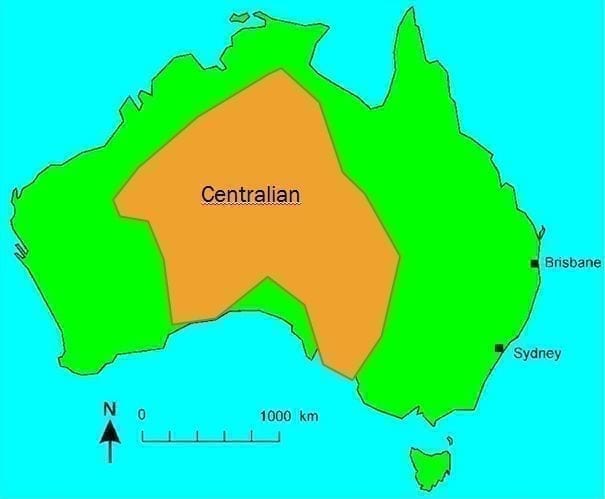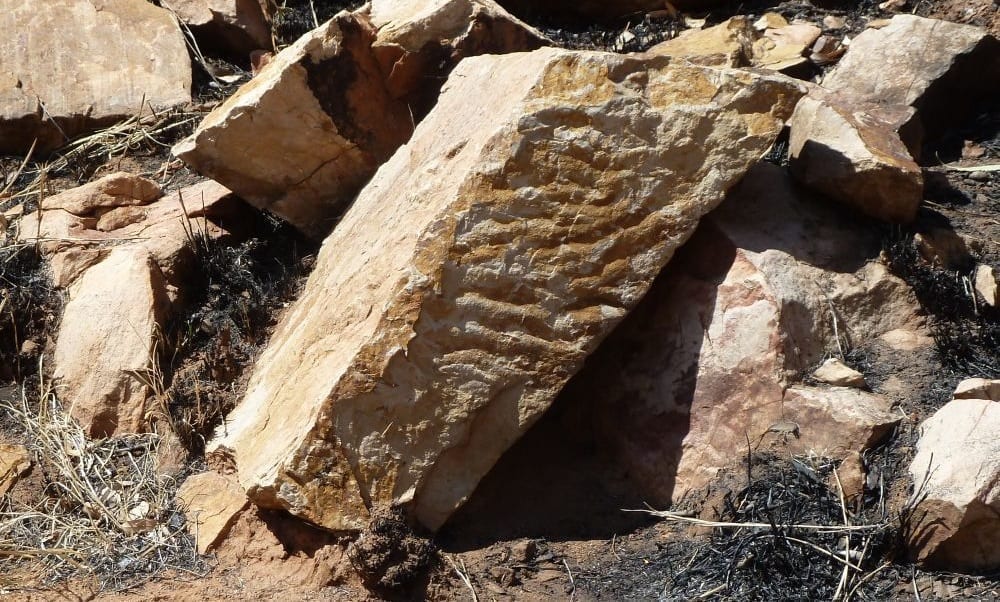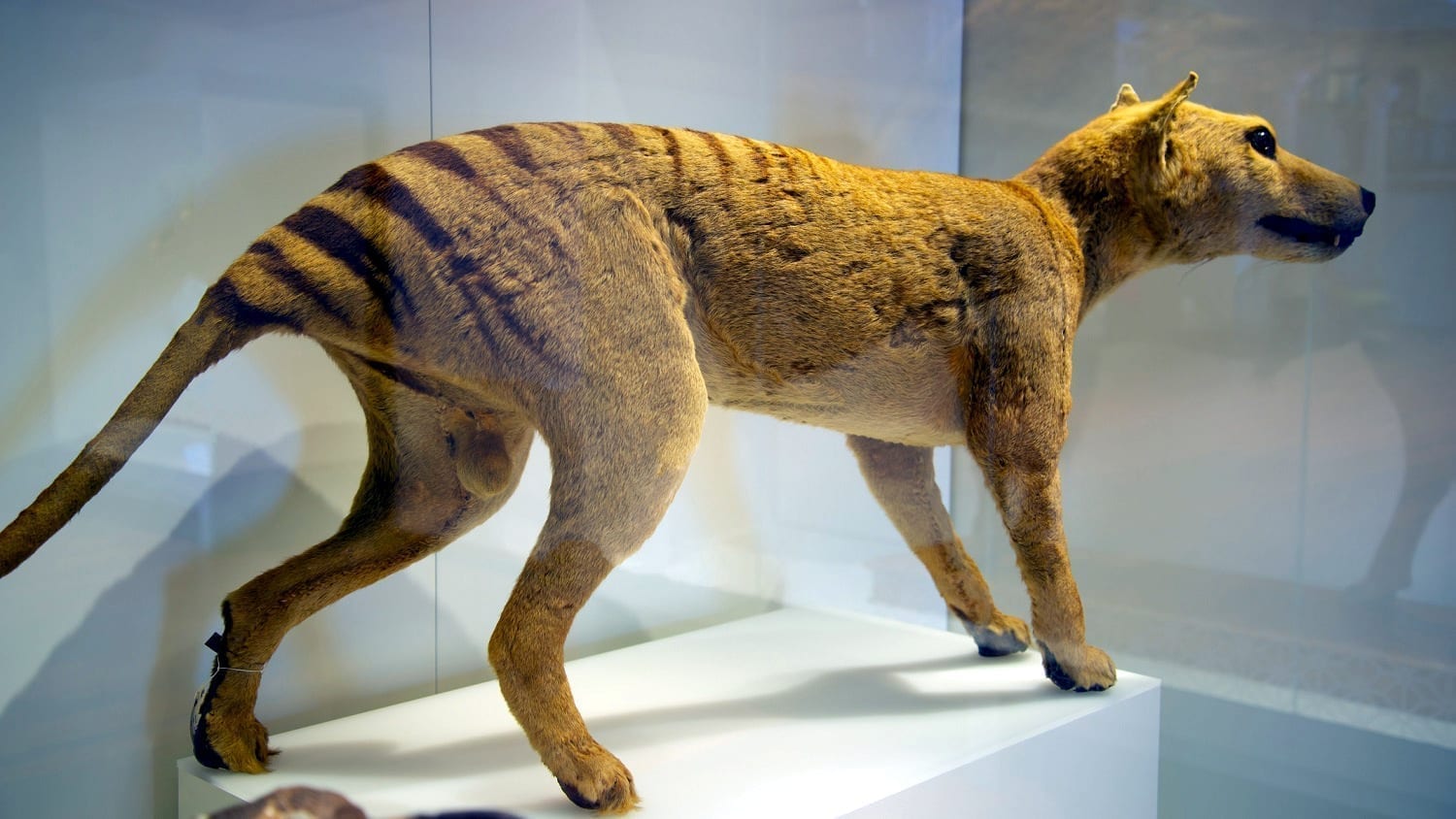[Originally published as Ripples preserved on Heavitree Quartzite strata point to water inundation]
The photo shows ripple marks preserved in a block of Heavitree Quartzite fallen from the east abutment of Heavitree Gap, just south of Alice Springs, Australia. The hard, brittle quartzite strata are cracked in multiple directions allowing blocks of quartzite to loosen and fall from the escarpment.
The original sediment of the Heavitree Quartzite was deposited from highly energetic, fast-flowing water that surged across a huge area of Australia. This was early in the global flood (but not right at the beginning). As the waters of Noah’s flood were flowing across the earth they were also rising and inundating it. They deposited their dense load of sediment, rapidly filling the sedimentary basin maintaining a relatively shallow water level above the top of the sediment. This is why the ripple marks formed.
However, the water level kept rising and the sediment kept coming until deposits kilometres deep had been laid down in what is known as the Amadeus Basin which begins just south of Alice. Not only is the thick, geographically extensive quartzose sandstone of the Heavitree Quartzite prominent at the base of the Amadeus Basin, but the same type of sandstone units are present in neighbouring sedimentary basins through Central Australia of a corresponding geologic ‘age’. This indicates that the geographical extent of the watery catastrophe reached far beyond the Amadeus Basin.
Stratigraphic equivalents to the Heavitree Quartzite have been given different names in different basins, and occasionally in different parts of the same basin. The broad geographical extent of these sedimentary units has led some geologists to refer to this region as the Centralian Superbasin, a basin that encompasses all the basins of the region. Much of this is described in a paper by Lindsay cited below.
This enormity of this sedimentation on the Australian continent provides a glimpse of the cataclysmic extent of Noah’s Flood and its unimaginable magnitude.
Reference
Lindsay, J.F., Heavitree Quartzite, a Neoproterozoic (Ca 800–760 Ma), high-energy, tidally influenced, ramp association, Amadeus Basin, central Australia, Australian Journal Earth Sciences 46:127–139, 1999.





